In recent years, Apple has made it much easier to customize the Home Screen on your iPhone or iPad, and some of the newer tools are perfect for neat freaks. Nonetheless, a tidy Home Screen can still feel cluttered when iOS and iPadOS force widgets, apps, and folders to have names — but a few workarounds can help you remove some of those icon labels for good.
Apple could easily include a single kill switch in the Settings app's "Home Screen" menu to remove all widget, app, and folder labels on the Home Screen, but that would be too easy. Maybe the company will one day officially remedy the unintentionally imposed clutter associated with apps, folders, and widgets, but we have to take things into our own hands until then.
Removing Names from Home Screen Folders
Whenever you create a folder on your Home Screen, iOS or iPadOS assigns it a name. If you don't like the title given, you can easily make it say something else, but there isn't an obvious way to make it disappear entirely.
You could try deleting the name and hitting "Done," but it will reappear immediately. The same happens if you hit the spacebar to add a blank character — it just won't stick. A long time ago, there was a trick that would let you drag a food-related app like Starbucks onto another app to make a nameless folder, but it's long been patched.
To hide folder names on iOS 16 and iPadOS 16 (and earlier versions), we have to turn to Unicode, which includes some interesting characters that remain invisible in most scenarios.

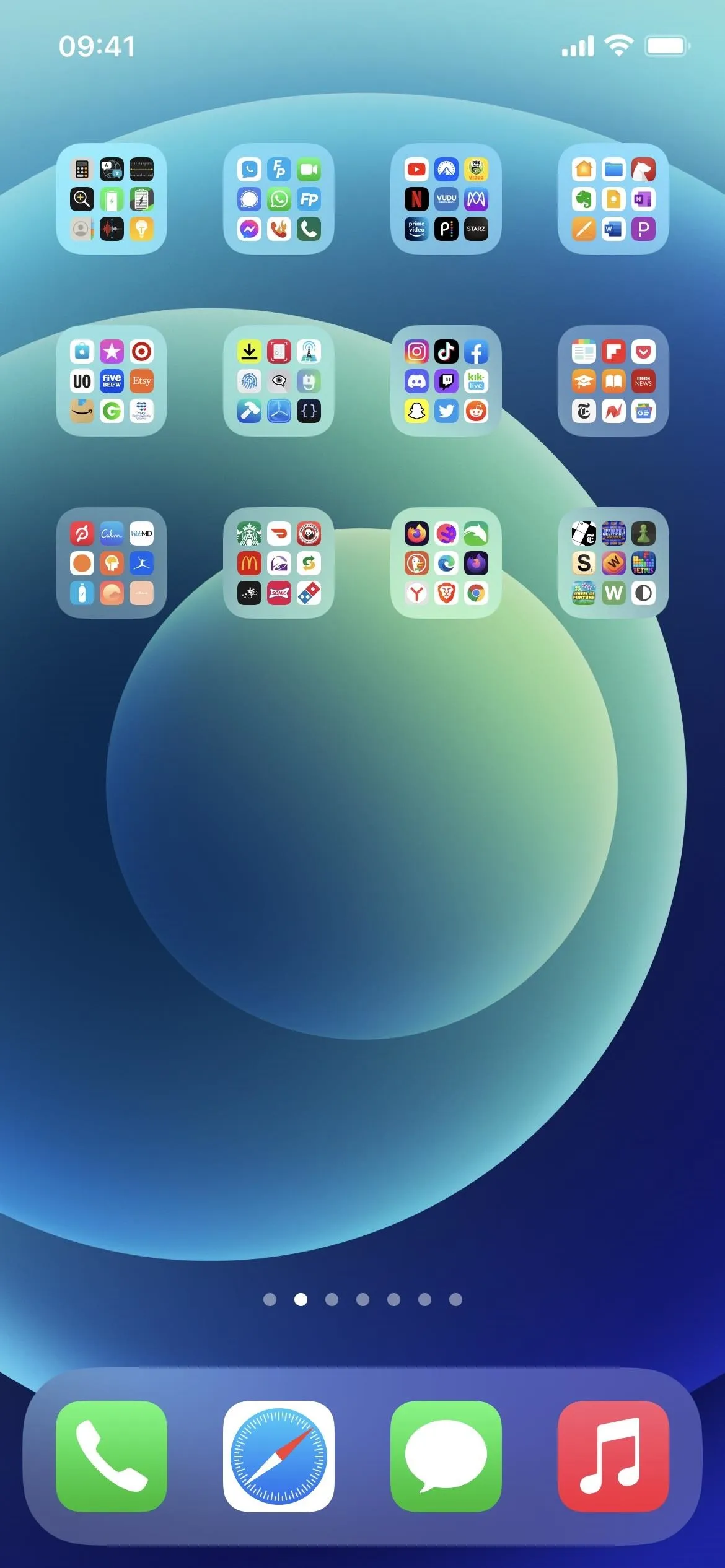


While a regular space (U+0020) is invisible, iOS or iPadOS prevents it from being used as a folder icon label because Apple assumes you just accidentally hit the spacebar. You need to use a less common invisible character instead to trick iOS or iPadOS into accepting a blank folder name. However, not all invisible Unicode characters will work; some will be treated just like regular spaces.
Works, copy between the brackets:
-------------------------------------
[⠀] U+2800 Braille blank space
[ㅤ] U+3164 Hangul filler
[ᅠ] U+FFA0 Halfwidth Hangul filler
Works, can't copy from this page:
-------------------------------------
U+00AD Soft hyphen
U+034F Combining grapheme joiner
U+061C Arabaic letter mark
U+115F Hangul choseong filler
U+1160 Hangul jungseong filler
U+17B4 Khmer vowel inherent AQ
U+17B5 Khmer vowel inherent AA
U+200C Zero-width non-joiner
U+200D Zero-width joiner
U+200E Left-to-right mark
U+200F Right-to-left mark
U+2060 Word joiner
U+2061 Function application
U+2062 Invisible times
U+2063 Invisible separator
U+2064 Invisible plus
U+206A Inhibit symmetric swapping
U+206B Activate symmetric swapping
U+206C Inhibit Arabic form shaping
U+206D Activate Arabic form shaping
U+206E National digit shapes
U+206F Nominal digit shapes
U+1D173 Musical symbol begin beam
U+1D174 Musical symbol end beam
U+1D175 Musical symbol begin tie
U+1D176 Musical symbol end tie
U+1D177 Musical symbol begin slur
U+1D178 Musical symbol end slur
U+1D179 Musical symbol begin phrase
U+1D17A Musical symbol end phrase
Doesn't work:
-------------------------------------
U+0009 Character tabulation
U+0020 Space
U+00A0 No-break space
U+180E Mongolian vowel separator
U+2000 En quad
U+2001 Em quad
U+2002 En space
U+2003 Em space
U+2004 Three-per-em space
U+2005 Four-per-em space
U+2006 Six-per-em space
U+2007 Figure space
U+2008 Punctuation space
U+2009 Thin space
U+200A Hair space
U+200B Zero-width space
U+202F Narrow no-break space
U+205F Medium mathematical space
U+3000 Ideographic space
U+FEFF Zero-width no-break space
U+1D159 Musical symbol null noteheadYou can use one of the three supported invisible characters listed above to make invisible folder "names." For the other characters that work in the list, you can copy them from a site like invisible-characters.com.
Once you've copied an invisible character, open the folder, tap and hold its name until edit mode opens, then paste the hidden character over its original name so that no text is visible. You can also access the name editor by long-pressing a folder on your Home Screen and choosing "Rename" from the quick actions. Lastly, exit the folder and tap "Done" or just click your Home button or swipe up from the bottom on Face ID models to save your changes and exit edit mode.

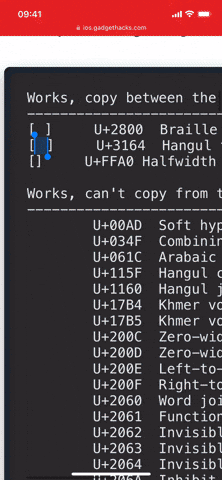


To simplify the process, you can add an invisible character as a Text Replacement shortcut. That way, whenever you type whatever you assign to the shortcut in the folder's name field (such as "invis") and hit the spacebar or select the invisible character from the prediction bar, the assigned test will change into the hidden character. Text replacements sync across your iCloud-connected devices, so typing the given text on your iPad or Mac will also bring up the invisible character.


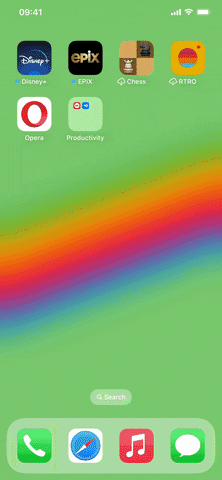



Removing Names from Home Screen Apps
There is no built-in way to remove or change an app's name on your Home Screen, which will probably never happen. The workaround you can use to get nameless apps on your Home Screen is the same one you'd use for customizing app icons.
First, decide on what the app's replacement icon should look like. You can choose a glyph and color for your shortcut, which will be the same on your Home Screen, or you can take a photo, choose an image from Photos, or pick an image from Files when adding the shortcut to your Home Screen.
If you want to make the replacement icon the same as the original icon, you'll need to save the app's real icon to Photos first. The easiest way to do that is with a simple shortcut that extracts the app's icon from the App Store for you to save. I'd recommend installing the Save Icons from the App Store shortcut to save images.
- iCloud Link: Save Icons from the App Store
With it installed, select "Save Icons from the App Store" from the Share Sheet when on an app's App Store page. If you copy the link to your clipboard instead, you can tap the shortcut in the Shortcuts app. Then, use the Share button on the image preview and hit "Save Image."
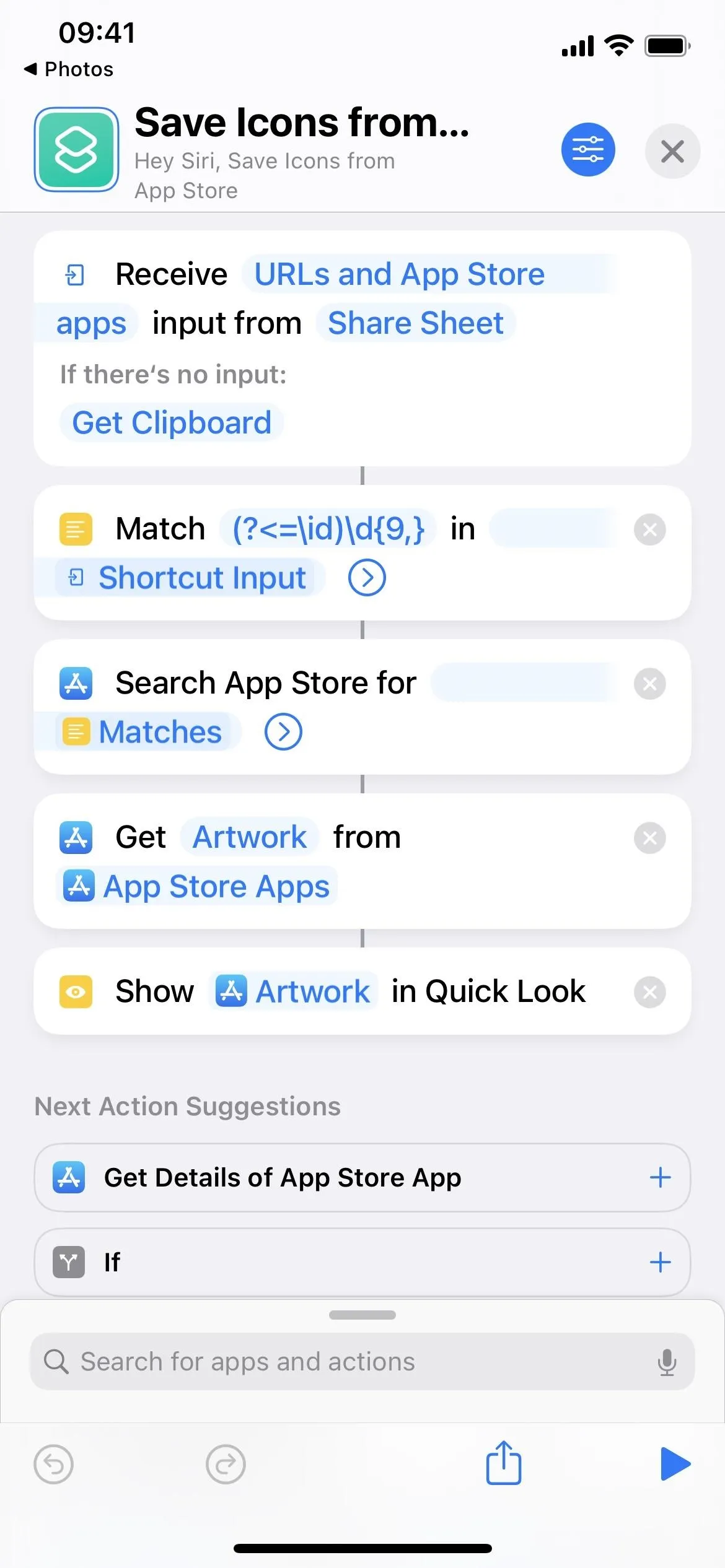
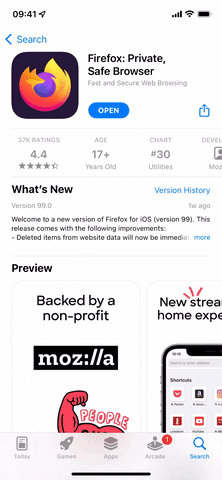


Next, build your app replacement shortcut. Create a new shortcut, add the "Open App" action, tap "App" in the action box, and choose the app in question. That's pretty much it. Name the shortcut something like "Open [App Name]" so you don't forget what it does.
Now it's time to open the Add to Home Screen tool; You can tap the "Add to Home Screen" option from any of these places:
- In the editor, open the actions menu, i.e., tap the down arrow (v) next to the shortcut's name. (iOS/iPadOS 16)
- In the editor, tap the toolbar's info (i) button. (iOS/iPadOS 16)
- In the editor, tap the toolbar's share button. (iOS/iPadOS 15–16)
- In your gallery, long-press the shortcut's card or line, then choose "Details" or "Share." (iOS/iPadOS 15–16)
- In the editor, tap the Settings icon. (iOS/iPadOS 15 — shown in the GIF below)
Use one of the invisible characters in the list above for the Home Screen name. Then, tap the icon next to the title, pick "Choose Photo," and select the icon you saved earlier.

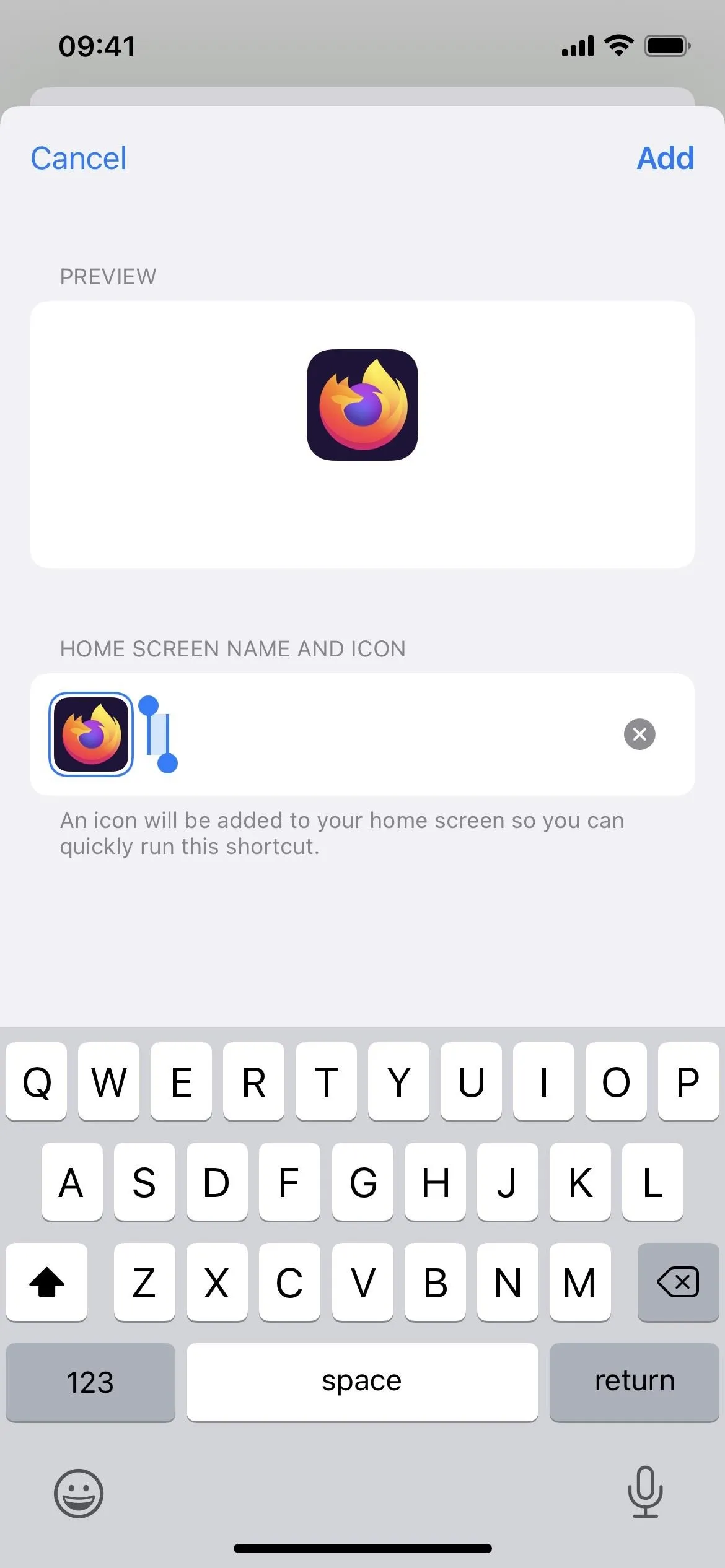


After it's on your Home Screen, you can hide the original app from your Home Screen so it resides in the App Library only. You'll see your app replacement and original app in the App Library, creating another clutter headache. Still, it shouldn't be an issue since your nameless shortcuts will populate the end of the App Library list. Alternatively, you can put the app on a Home Screen page and then hide that page.
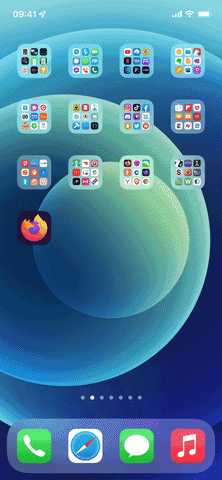
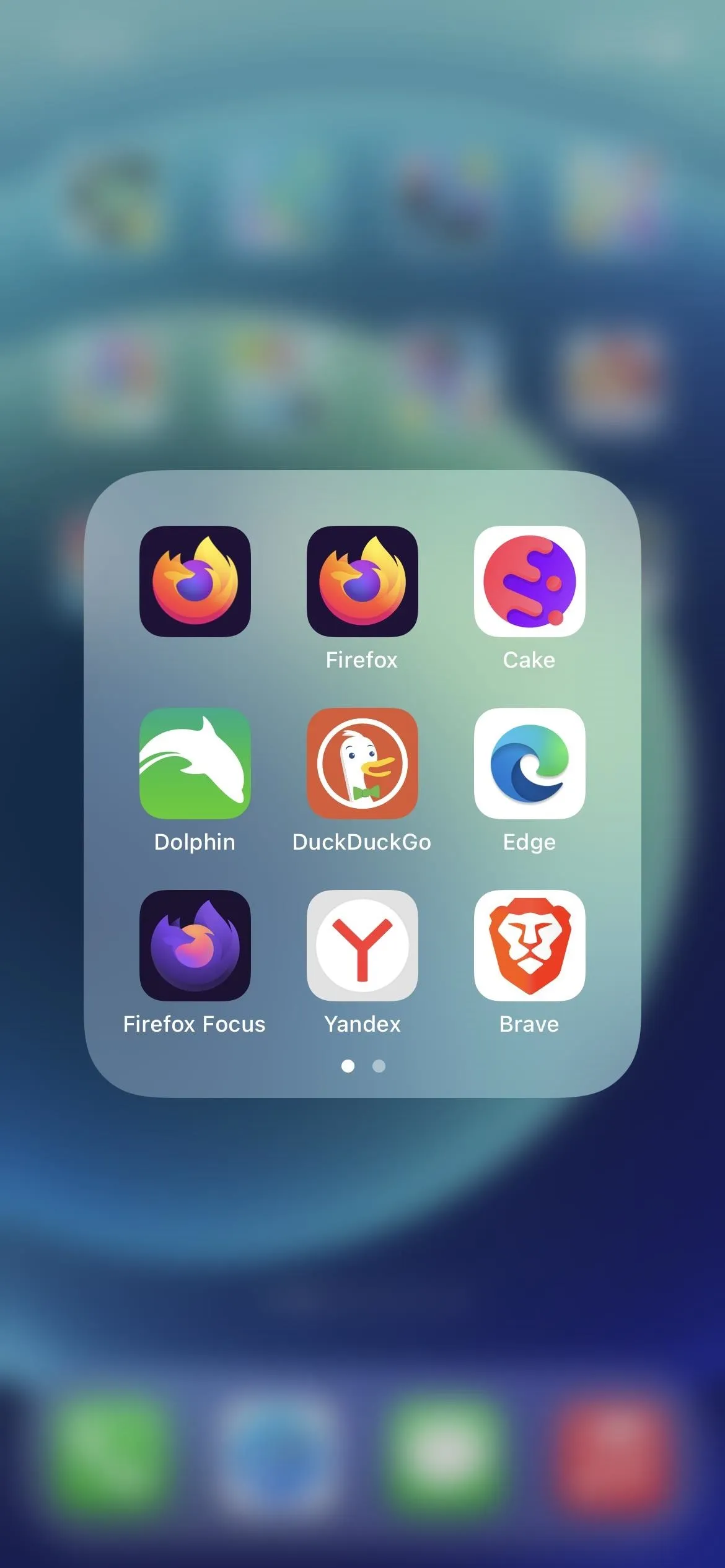


Removing Names from Home Screen Widgets
Unfortunately, there are no workarounds for making widget labels on an iPhone's Home Screen disappear. However, widget names do not appear in the Today View. So you could just put all of your widgets in the Today View instead of your Home Screen, then swipe right on your Home Screen to open the Today View.
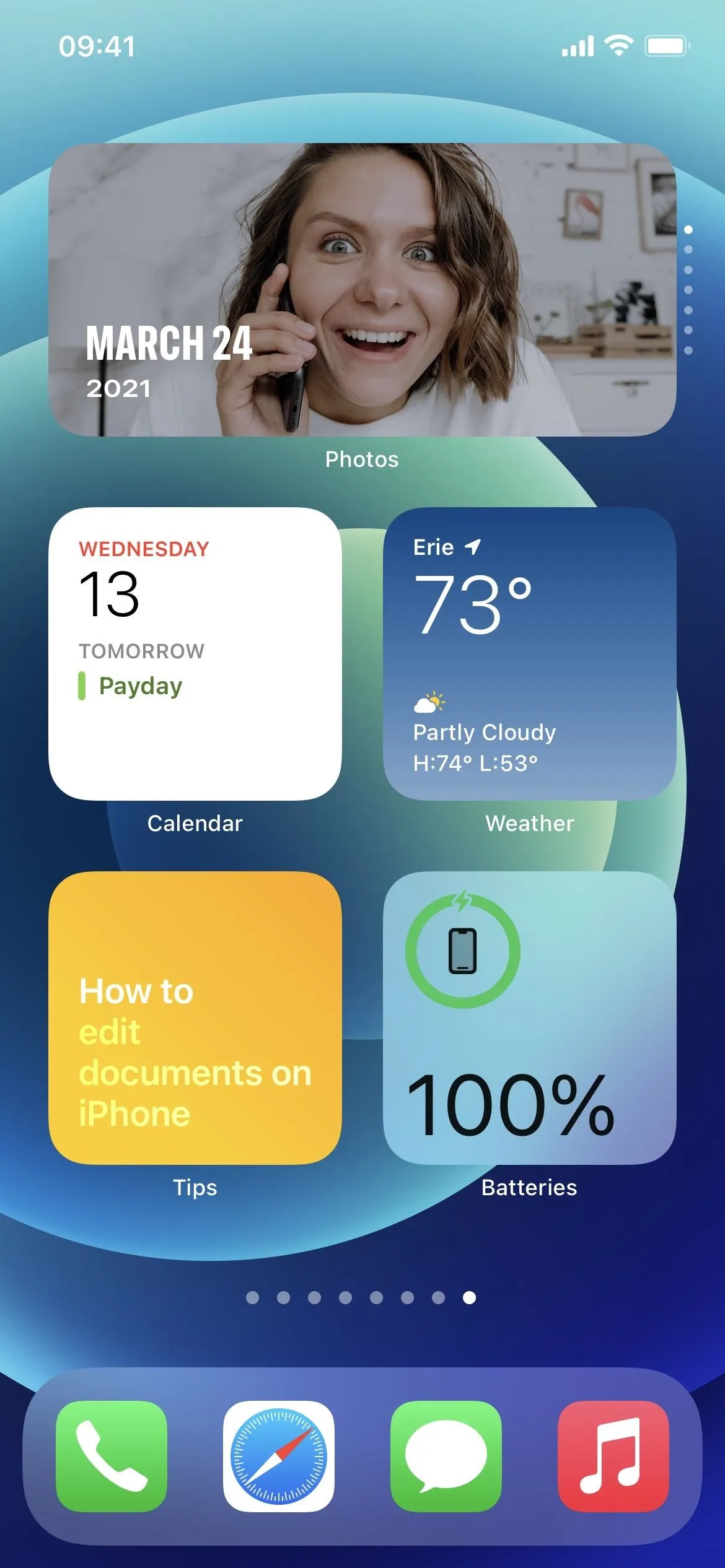
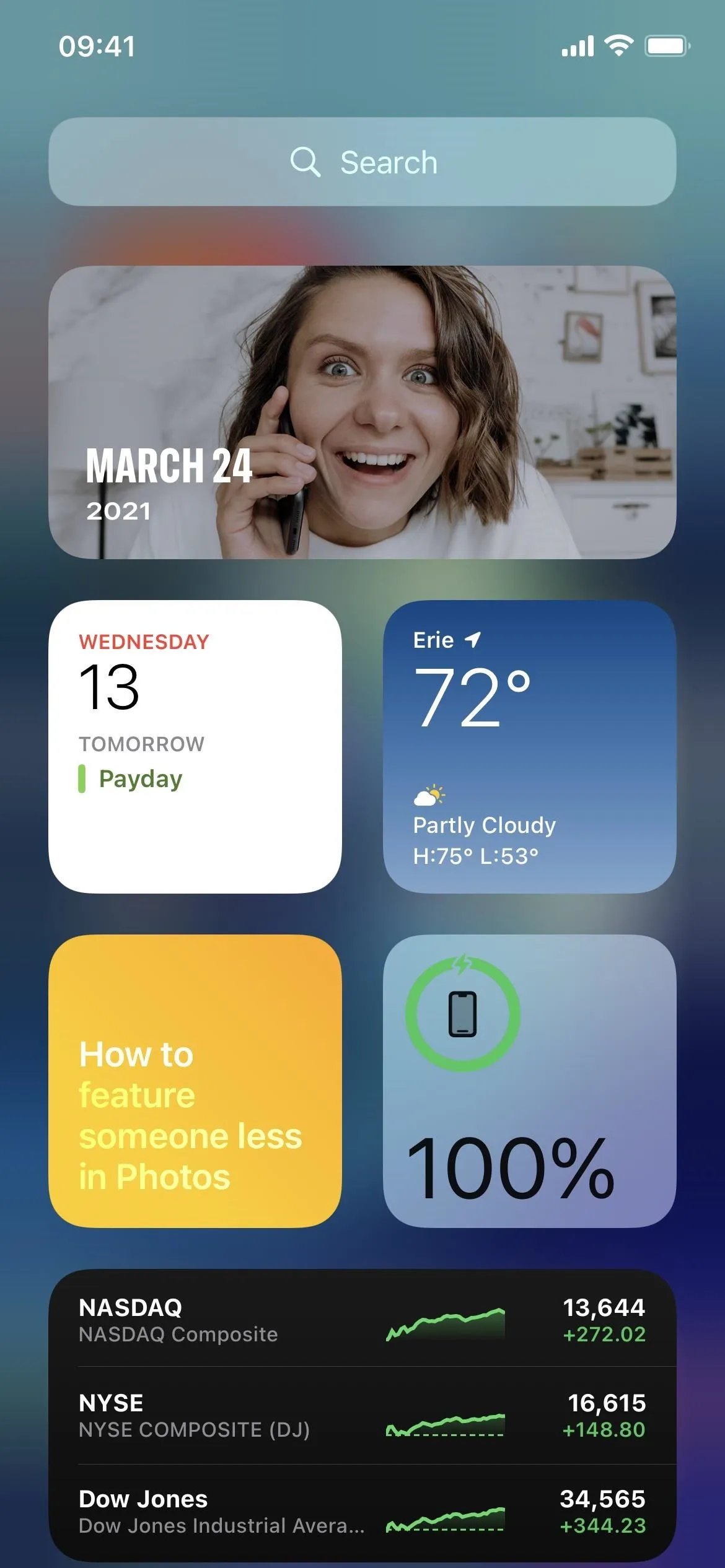


It's different on an iPad. On iPadOS 14, widgets can only reside in the Today View, and they omit widget names there anyway. On iPadOS 15 and 16, you can also add widgets to your Home Screen, which will also omit the labels that appear under widgets on iOS. Why you're stuck with widget names on your iPhone's Home Screen and not your iPad's is anyone's guess.

Cover photo, screenshots, and GIFs by Justin Meyers/Gadget Hacks






















Comments
Be the first, drop a comment!